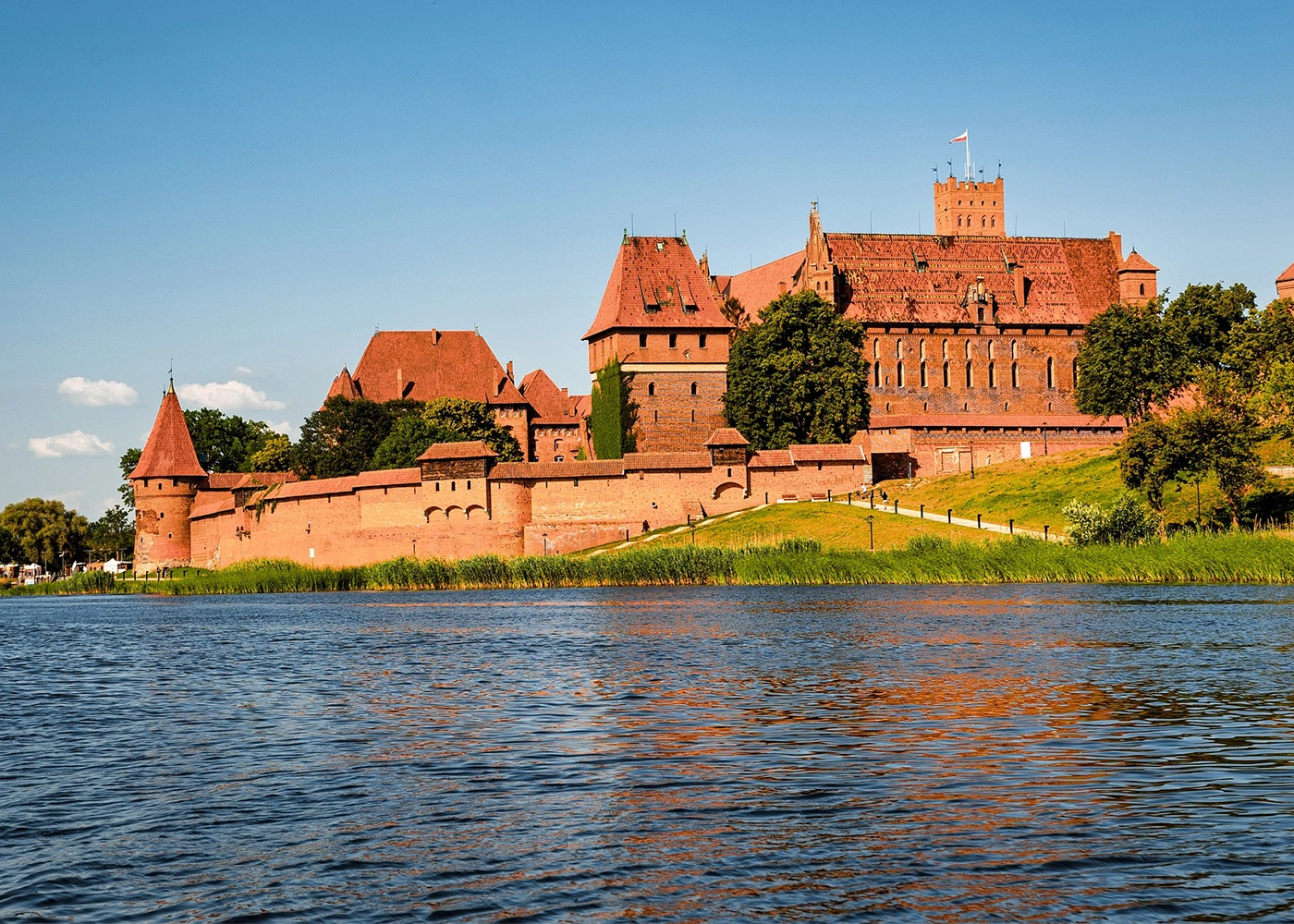In the world of architecture and history, some places are in awe with their mighty walls, expansive courtyards, and rich heritage. One of these exceptional places is the largest castle in the world, proudly rising on the horizon, captivating the attention and admiration of visitors. Prepare yourself for an unforgettable journey to the land of beauty and magnificence.
“- I’ve already counted how many bricks the castle is built with. It ranges from 30 to 50 million. We don’t know the exact layout of the walls in the lower castle, hence the large variation. The construction took several decades. Brick production was also spread out over time. Later, the expansion of the church took place upon the arrival of the Order’s Master. One brick weighs 8-10 kilograms. The clay for it was likely excavated about 500-600 meters from the castle,”
– says Castle Conservator Bernard Jesionowski.
Calculating the value of the bricks and trying to translate it into today’s times, building the castle would cost around 130 million dollars. However, that’s only for the bricks. Adding all the other expenses, a similar castle could be built for 3 billion dollars.”
I. Introduction to the Castle
The largest castle in the world is an impressive structure that captivates with its architecture, size, and wealth of detail. Its presence is a symbol of power, prestige, and history, attracting tourists from all over the world who desire to uncover its secrets and beauty.
II. Architecture and History
Castle Name: Malbork Castle
Location: Malbork, Poland
History: Malbork Castle has a rich history dating back to the 13th century. It was built by the Teutonic Order as the residence of the Grand Master and the center of the order’s power. Construction of the castle began in 1274, and it was gradually expanded over the centuries. It served as a strategic defensive stronghold and an important political and cultural center.
Architecture: Malbork Castle is an impressive example of Gothic defensive architecture. It consists of three castle courtyards: the Upper, Middle, and Lower Courtyards, surrounded by mighty walls and towers. A distinctive feature of the castle is the Grand Master’s Palace, the Great Refectory, and the Monastic Church, located in the Grand Courtyard.
Malbork Castle is primarily made of brick, making it the largest brick castle in the world. Numerous architectural details such as tracery, gables, arches, and pinnacles add to the castle’s imposing character. The castle’s interiors are equally impressive, with richly decorated cloisters, chapels, and representative halls.
Malbork Castle is not only a masterpiece of architecture but also an important site associated with the history of Poland and Europe. In 1997, it was inscribed on the UNESCO World Heritage List as the “Castle of the Teutonic Order in Malbork and the Marienburg Castle.” Since then, it has attracted tourists from around the world who want to admire its majesty and learn about the fascinating history of this place.
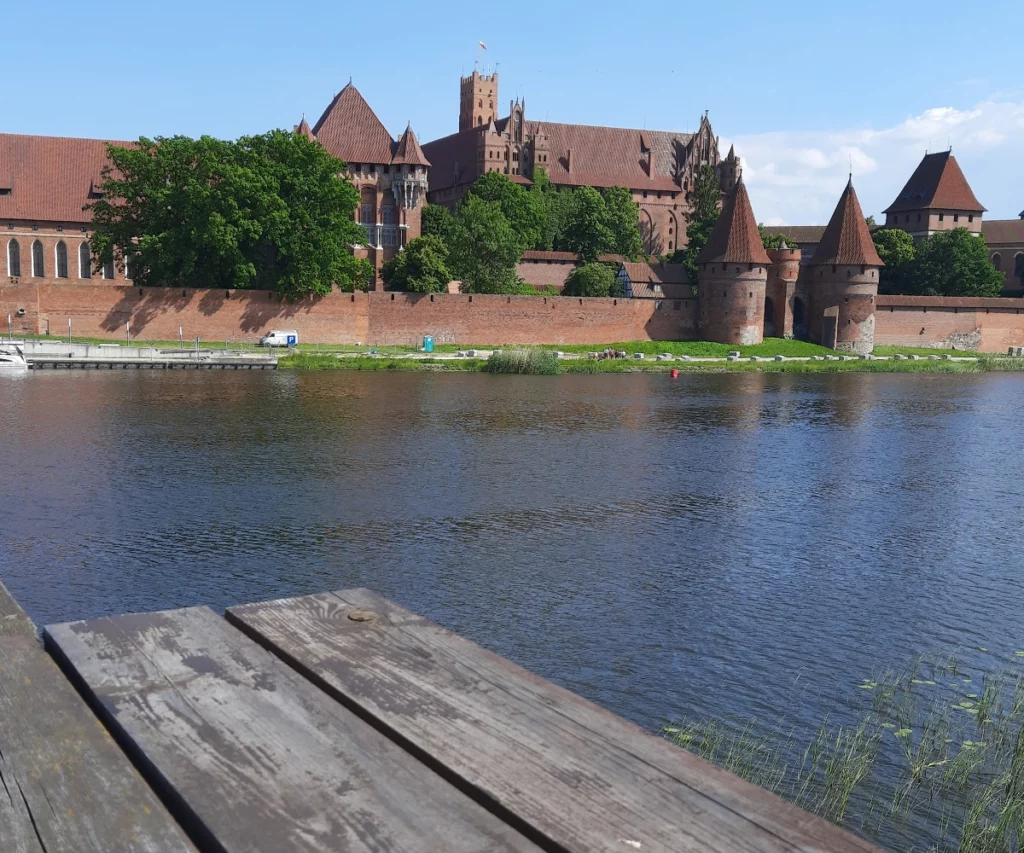

III. Technical Specifications
Here are some technical specifications regarding Malbork Castle – the largest castle in the world:
• Height: 48 meters (including the towers).
• Surface Area: The total area of the castle is approximately 20,000 square meters.
• Number of Rooms: Inside the castle, there are around 40 halls, chapels, and chambers, many of which have been preserved in their original state.
• Number of Towers: Malbork Castle boasts a total of 47 towers, which are a distinctive feature of its defensive architecture.
• Construction Material: The castle was primarily constructed using brick, which was commonly used in Gothic architecture. The bricks were fired on-site from local clay.
• Construction Time: The construction of the castle began in 1274 and lasted for about 230 years, although expansions and improvement works continued throughout the centuries. It serves as an impressive example of a long-lasting building process that resulted in the creation of one of the largest castles in the world.
These technical specifications only partially capture the impressive scale and intricate structure of Malbork Castle. It is not just a monumental edifice, but also an important place tied to history and culture.
IV. Unique Features of the Castle
Gardens and Parks: Malbork Castle is surrounded by picturesque gardens and parks that add charm and create a pleasant environment. Within the castle complex, you can find green lawns, walking paths, and beautifully maintained plants. The gardens and parks provide an ideal space for relaxation and enjoying the castle’s atmosphere.
Treasures and Collections: The interiors of Malbork Castle house numerous treasures and collections that reflect the rich history and art of the time. Among them, you can discover antique furniture, paintings, sculptures, textiles, and other artifacts that serve as valuable testimonies to the castle’s culture and life.
Panoramic Views: Malbork Castle offers unforgettable panoramic views both from its interior and exterior. From the castle walls, you can admire vast landscapes, the picturesque surroundings of the Nogat River, and the nearby areas. The view of the mighty castle walls, towers, and courtyards is impressive and leaves a remarkable impression on visitors.
Malbork Castle not only captivates with its architecture and history but also offers additional attractions and unique features that enrich the experience of exploring and allow you to discover even more wonders of this extraordinary place.
V. Tourism and Cultural Significance
Tourism: Malbork Castle enjoys tremendous popularity among tourists from around the world. It is one of the key tourist attractions in Poland and a must-visit destination. Thousands of tourists visit the castle annually, eager to uncover its history and beauty. Various guided tours are available, allowing visitors to explore different parts of the castle, including chambers, courtyards, and exhibition halls.
Cultural Significance: Malbork Castle holds immense cultural significance for Poland and the region in which it is located. It serves as a significant testament to Gothic defensive architecture and stands as one of the largest castles in the world. Malbork Castle has been inscribed on the UNESCO World Heritage List, highlighting its uniqueness and historical value. It is a symbol of Polish history and serves as a venue for numerous cultural events, exhibitions, concerts, and other activities that attract both the local community and international tourists.
VI. Key Events in the History of the Castle Malbork
The castle has witnessed numerous pivotal moments in history, shaping its evolution and significance. Here are some of the most important moments in the castle’s history:
Foundation and Construction: Malbork Castle was built between 1274 and 1457 by the Teutonic Order as the residence of the Grand Master and the administrative center of the Order. The construction period marked a time of intensive activity and expansion of the defensive complex.
Battle of Grunwald: In 1410, during the pivotal Battle of Grunwald, Malbork Castle played a significant role as a strategic point for the Teutonic Order. The battle resulted in a defeat for the Order, which had implications for the future of the castle. However, before the Battle of Grunwald, the siege of Malbork by the Polish-Lithuanian forces was unsuccessful. The castle came under the ownership of the Crown during the Thirteen Years’ War, but not through direct combat. Kazimierz Jagiellończyk bought it from the mercenary army, which was not paid by the Teutonic Knights.
Acquisition by Poland: As a result of wars with the Teutonic Order, Malbork Castle was acquired by Poland in 1457. It became a royal residence and an administrative center for the Malbork Voivodeship.
Reconstruction and Renovations: In the 17th and 18th centuries, Malbork Castle suffered severe damage, and some buildings were demolished. Restoration work began in the 19th century, aiming to restore the castle to its former glory. Conservation efforts and reconstructions have continued for decades and are ongoing today.
UNESCO World Heritage Listing: In 1997, Malbork Castle was inscribed on the UNESCO World Heritage List as an outstanding example of Gothic defensive architecture. This recognition emphasizes its significance and value as a historical and cultural attraction.
Malbork Castle has been one of the most important castles in the world because of these events, which represent significant moments in its history. Each of these events had a profound impact on the castle’s development and evolution, giving it a unique character and importance in Polish history and culture.
VII. Summary
The largest castle in the world is a monumental work of architecture that evokes awe and admiration. Its immense size, impressive history, and extraordinary architecture make it an integral part of our world’s cultural heritage. During a visit to this castle, one can experience the magical combination of the past and present, leaving a lasting impression in our memories.
Our fascination with castles, just as they themselves are majestic and grand, lasts forever. Whether you are a history enthusiast, an architecture lover, or simply appreciate beauty, visiting the largest castle in the world will undoubtedly be an unforgettable experience.
VIII. Gallery – Discover the Largest Castle in the World
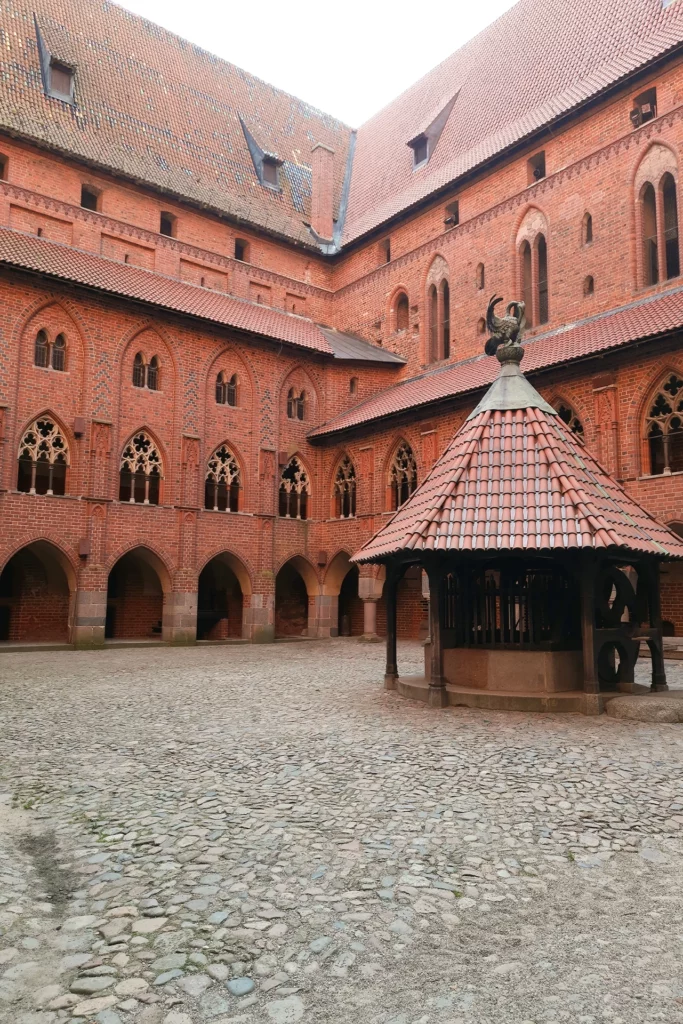

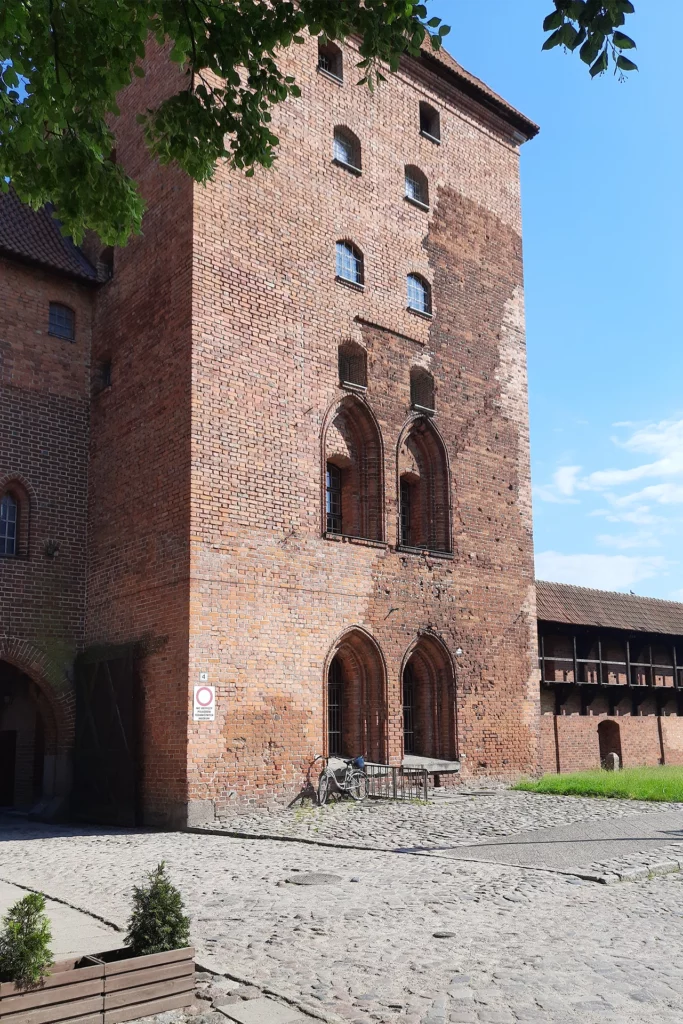



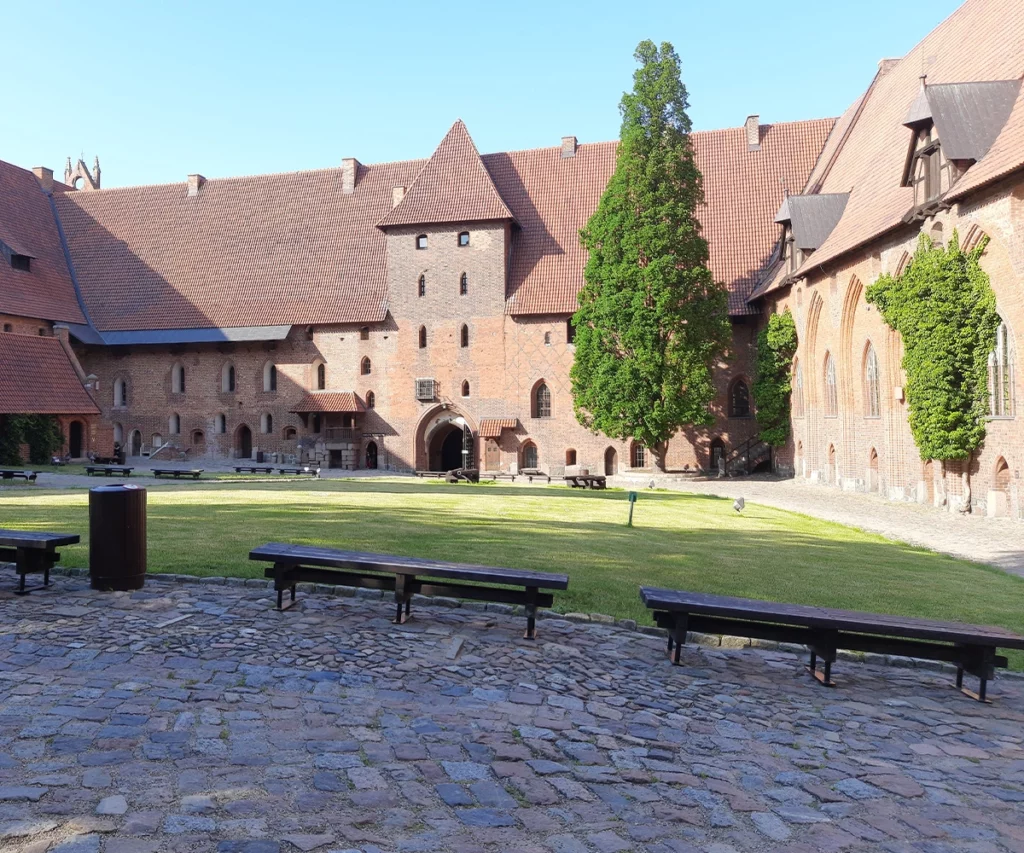

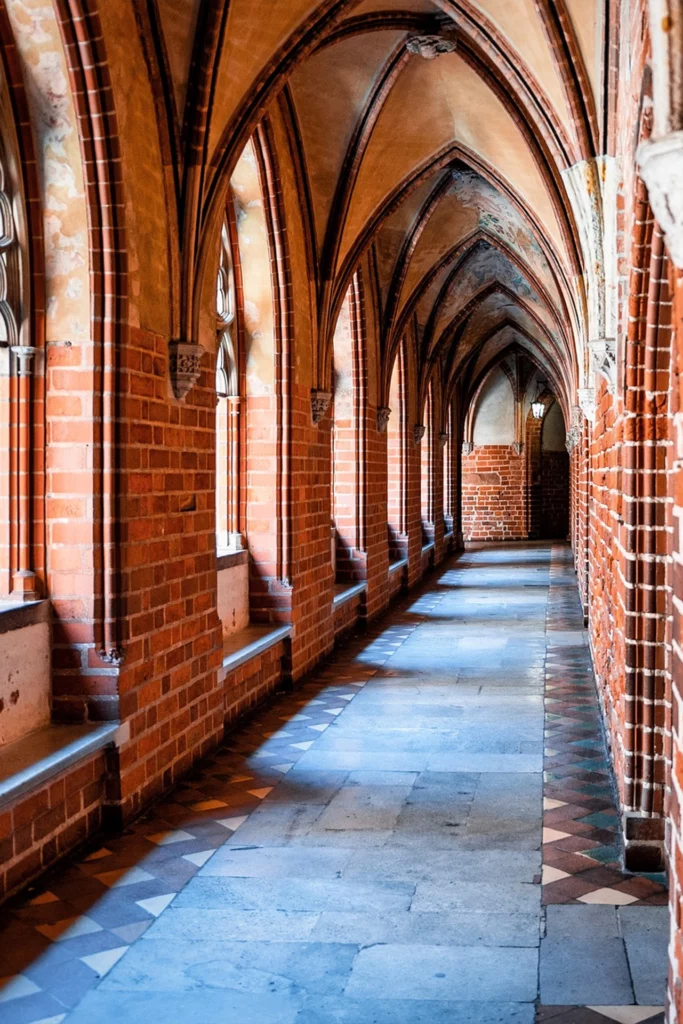



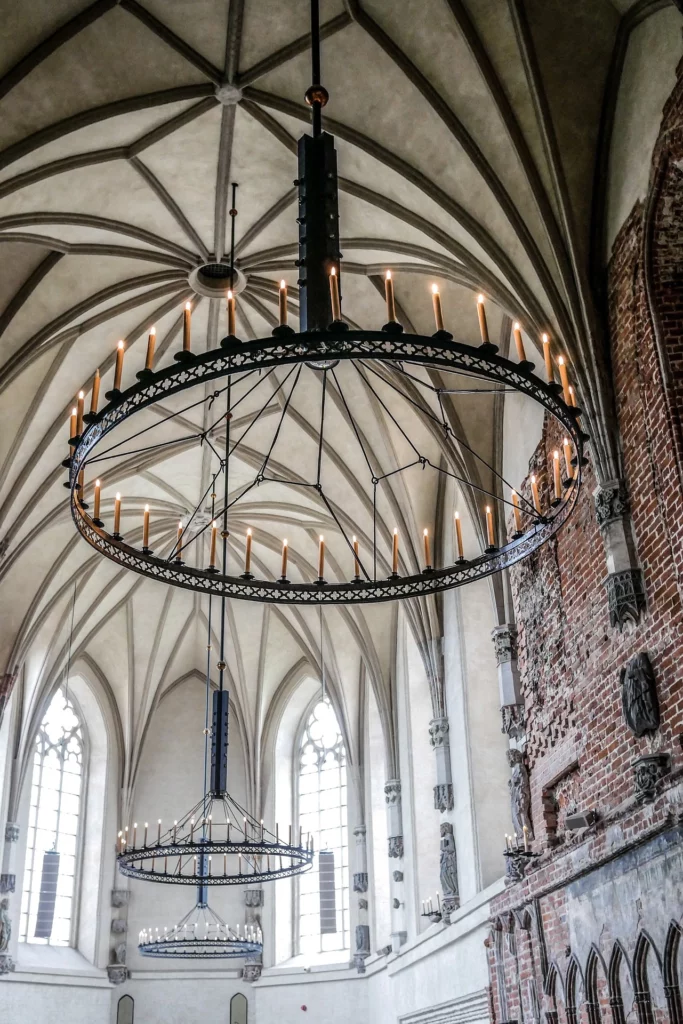

IX. Official Castle contact
Malbork Castle
- Website: https://zamek.malbork.pl/
- Phone: +48 55 647 08 02
- Adress: ul. Starościńska 1, 82-200 Malbork
- Email: [email protected]
Source:
